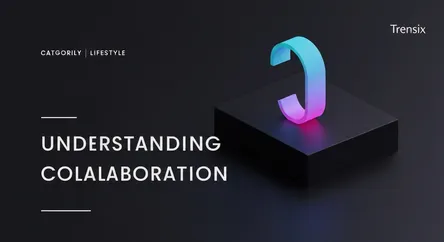Lifestyle
Understanding Collaboration

Discover the power of collaboration. Learn how working together enhances learning, boosts creativity, and achieves shared goals in education and beyond.
What is it?
Collaboration is the process where two or more individuals or groups work together to achieve a common goal. It involves active participation, shared responsibility, and the open exchange of ideas and resources. Unlike simple cooperation where tasks might be divided, collaboration is about co-creating something new through shared understanding and consensus. In an educational context, it often takes the form of group projects, peer reviews, and problem-based learning activities, fostering a dynamic and interactive learning environment.
Why is it trending?
The modern world is increasingly interconnected, and complex problems rarely have simple, individual solutions. Educational institutions and workplaces now prioritize collaboration as a key 21st-century skill. The rise of digital tools like shared documents, video conferencing, and project management software has made it easier than ever for people to collaborate regardless of location. This trend prepares students for future careers where teamwork, communication, and collective problem-solving are essential for innovation and success.
How does it affect people?
Collaboration positively affects individuals by enhancing their communication, negotiation, and leadership skills. It exposes them to diverse perspectives, which can challenge their assumptions and foster greater creativity and critical thinking. Working in a team builds a sense of community and shared accomplishment, improving motivation and engagement. For learners, it deepens their understanding of a subject by requiring them to explain concepts to others and actively listen, leading to more robust and lasting knowledge retention.